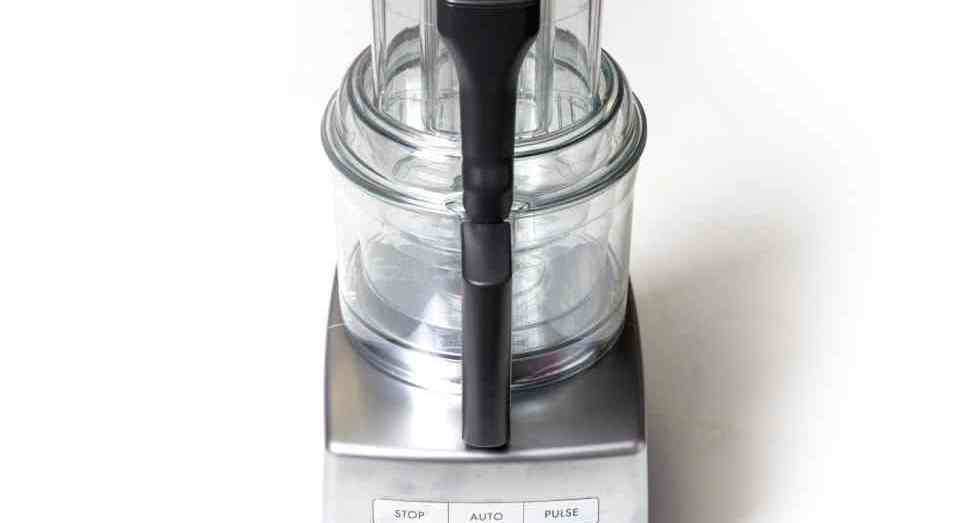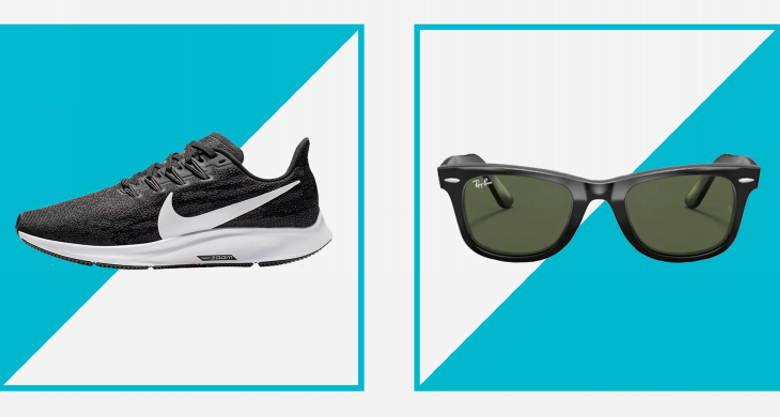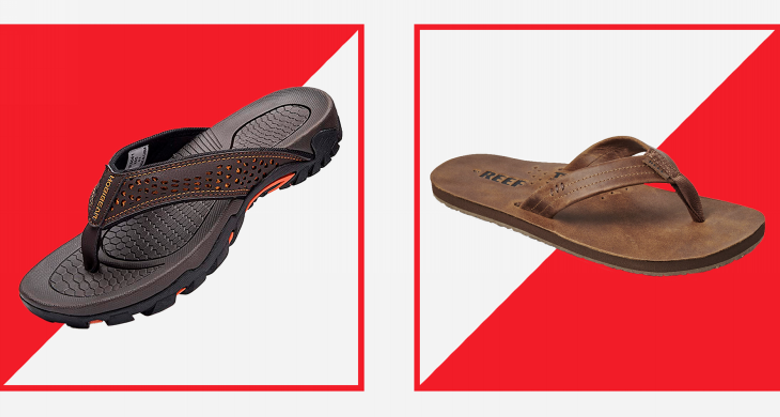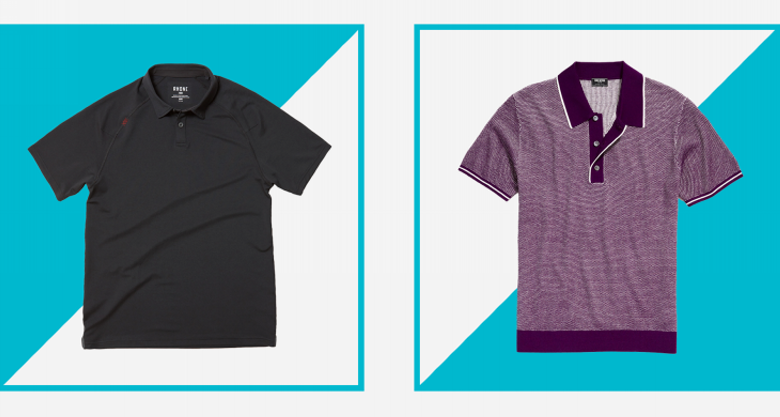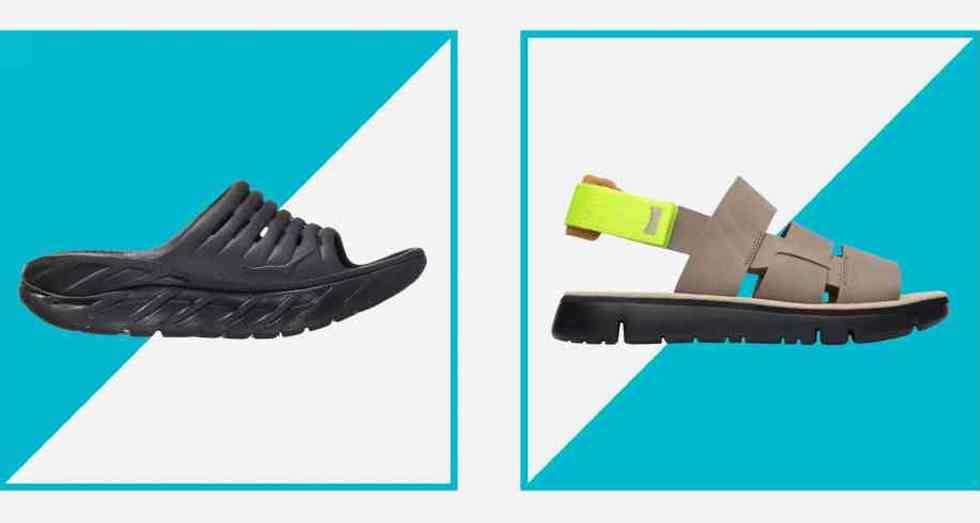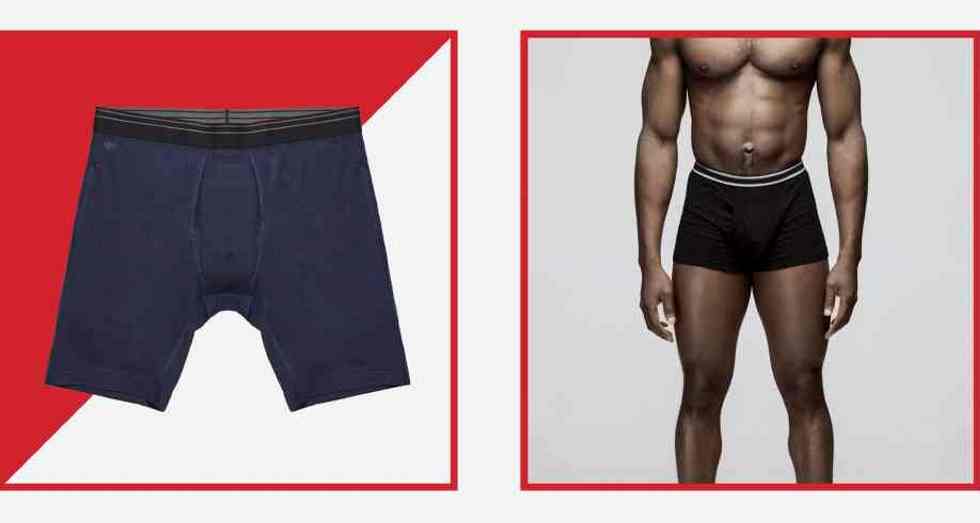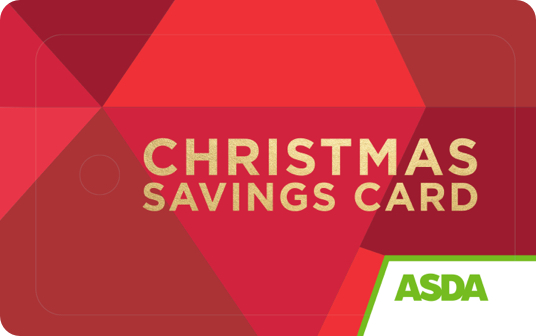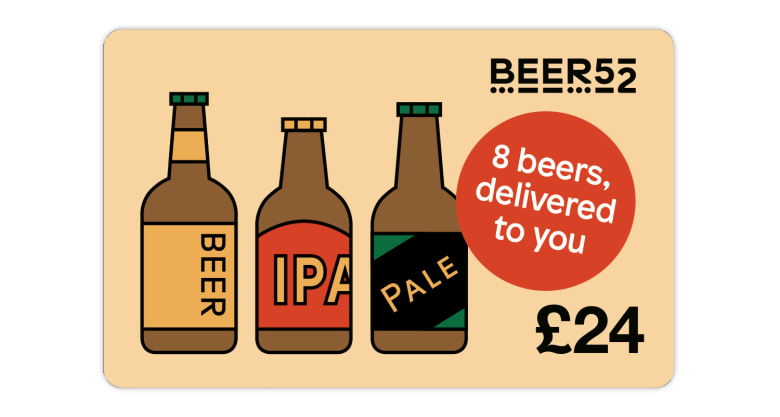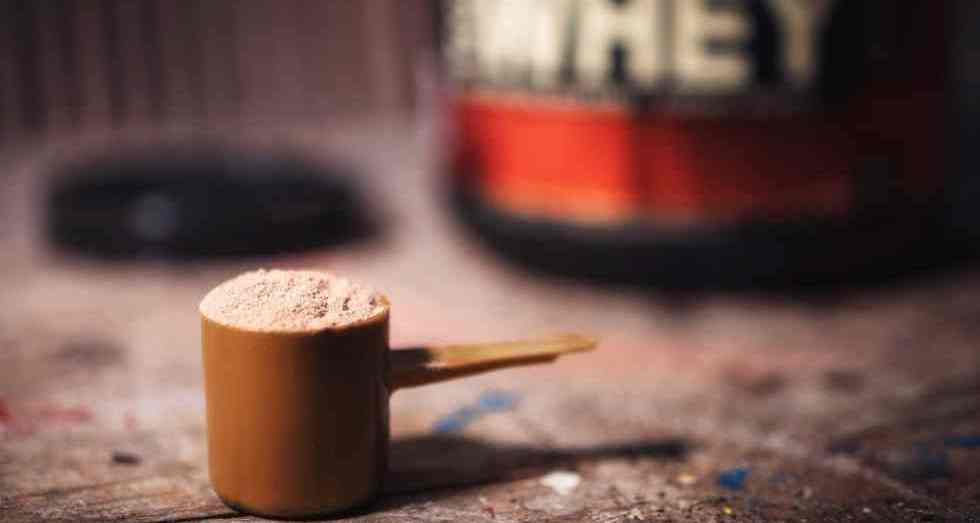The other day, I answered a Facetime call to find a piece of raw meat staring back at me. My friend shouted through the speaker, “How long do I cook this thing?” Medical professionals are constantly fielding queries from friends and family in need of a "should I go to the hospital" diagnosis; I get emergency cooking calls. In order to determine the best course of action for this steak, I had to ask some questions of my own. First and foremost: "Are you cooking from a recipe? Yeah? So what cooking time does the recipe give?" Turns out, my distressed buddy was cooking from a recipe that gave grill times based on steak thickness. I asked how thick the piece of meat in front of her was and she responded, “I don’t know. This thick [pressing the steak up closer to the camera].” I told her what I will tell you: "Dude, get a ruler."
You might already own a ruler. It could be in your toolbox, or maybe at your desk, or perhaps in your kid’s art supply closet. But you should have one in your kitchen, too. Having a kitchen-use-only ruler means it stays clean and food-safe (nobody wants your kid’s glitter or your carpentry project’s sawdust remnants in their food). Store it in a dedicated place so you can easily find it when you need it. It will save you from frustration when you’re following a recipe that includes measurements like “beef chuck roast, trimmed and cut into four- by three-inch pieces.” Is there a special, magical, this-will-make-all-your-food-taste-better kitchen ruler? Well, technically, no. A ruler won’t season your food, and it’s not a time-saving miracle kitchen gadget. But like a measuring cup, instant-read thermometer, or kitchen scale, it is a tool that will help you achieve more consistent results with your cooking.
Unless you’re trying to get a passing grade in a culinary school knife skills class, or working for a demanding sous chef, you probably don’t need to double-check the exact measurements of a brunoise (French kitchen lingo for “tiny dice”). But, the size and consistency of knife cuts really does matter; cutting vegetables uniformly helps ensure they cook at an even rate, and the size to which they are cut has a direct effect on their texture in a finished dish. For example, Daniel’s lomo saltado recipe calls for 1/2-inch-thick slices of red onion, that achieve the perfect tender-crisp texture when stir-fried, as opposed to thinly sliced onion that would end up mushy and scorched. Making sure your mise en place is prepared “to spec” will, in turn, help line up your cooking results and times with those given in a recipe.
And, in the pastry kitchen, rulers really rule. When rolling out pie dough, for instance, the difference of an inch in diameter can mean a big difference in the final crust's thickness, and therefore, the success of your dessert: if it's too thin your bottom crust won't crisp up, and if it's too thick it can end up undercooked. The more intricate you get with your baking ambition, the more important accuracy becomes. So instead of shying away from recipes laden with precise measuring directions, bolster your confidence by just using a kitchen ruler to help follow even the most meticulous recipe.
Let’s take a look at some different ruler options.
Classic Metal Ruler
:max_bytes(150000):strip_icc()/20210429-rulers-vicky-wasik-4-dd892b271c404e02beb9e1282a5248ae.jpg)
Vicky Wasik
Pros: Both metric and imperial units, small increments, helpful conversions printed on the back, stainless steel for easy cleaning and food-safety, holes for hanging
Cons: Doesn’t fit in your pocket, limited length, can be hard to read since it lays flat.
Best suited to: Cooks, bakers, just about anyone.
The classic metal ruler from your middle school geometry days. It’s affordable, simple, and quite possibly needs no improvement. This no-frills ruler is great for measuring the diameter of rounds of pie dough when rolling out crusts. You can then use the ruler to clear off extra bench flour from the counter with one fell swoop. It’s ideal for making straight lines for templates or other linear designs. I use it to cut through folded industrial parchment paper to fit my half sheet pans. I particularly like this ruler that has a single hole punched into it, which allows me to hang it on my kitchen pegboard for easy storage. Avoid rulers with a cork (or other porous material) backing which can mold after washing and storing.
:max_bytes(150000):strip_icc()/EbootStainlessSteelRulerandMetalRuleKitWithConversionTableSil-ddcef5c08de34261b07d14c6a611b296.jpg)
Eboot Stainless Steel Ruler and Metal Rule Kit With Conversion Table (Silver, 12-Inch, 6-Inch)
Tailor’s Tape
:max_bytes(150000):strip_icc()/20210429-rulers-vicky-wasik-7-80c5564c80194588849df0cd0c419453.jpg)
Vicky Wasik
Pros: Lightweight and portable, both metric and imperial units, small increments, 60 inches/150 centimeters of measurement potential, flexible, quick retraction
Cons: Lacks rigidity, not a lot of multitasking potential, can be hard to clean.
Best suited to: Cake decorators, on-the-go cooks, crafters who like to sew, too.
A spool of tailor's tape gives you 60 inches of measuring power in a tiny package that can fit in your pocket. I used to carry one around with me in culinary school and it was a key player in my portable cake decorating toolkit. It’s great for wrapping around cakes to measure out where to place decorations so they are evenly spaced. It’s also helpful when designing piping designs around the curved edge of a cake. A retractable tape measure is a big space-saver, but also requires diligent cleaning after every use, otherwise it can quickly get dirty and crusty. I often forgot to wipe it down; once retracted, it was out of sight, out of mind. The small markings can be hard to read from far away, so it’s not an ideal counter reference ruler for me.
:max_bytes(150000):strip_icc()/Hoechstmass60-InchRetractableTapeMeasure-5954079f74de4215b3bebfcfa1141e7e.jpg)
Hoechstmass 60-Inch Retractable Tape Measure
OXO Bench Scraper
:max_bytes(150000):strip_icc()/20210429-rulers-vicky-wasik-5-b7f5af2eb2044a31ae061eebdd6ad390.jpg)
Vicky Wasik
Pros: Multipurpose tool, straightforward, easy to clean and store.
Cons: Very limited measuring capacity (6 inches), no metric units.
Best suited to: Cooks who just need to cross-check their estimate of 2 inches.
Cooks love to wax poetic about how the bench scraper is an unsung kitchen hero. I don’t disagree. While models with rulers printed on them are super-handy for small measurements, the bench scraper ruler doesn’t check all my boxes. It will help confirm if you’ve achieved a small or medium dice, but it’s not much use for measuring a pie crust. I love a multipurpose tool, but, if you need more than 6 inches of measuring length, a bench scraper isn't going to cut it.
:max_bytes(150000):strip_icc()/__opt__aboutcom__coeus__resources__content_migration__serious_eats__static.seriouseats.com__1__dorado__live__images__oxo-good-grips-stainless-steel-scraper-cc10d2e78d4f4223bf83914032561af2.jpg)
OXO Bench Scraper
Folding Ruler
:max_bytes(150000):strip_icc()/20210429-rulers-vicky-wasik-6-c3f7b887fb1449a69e740af8212dc9f0.jpg)
Vicky Wasik
Pros: Compact storage, maximum measuring capacity, straight and rigid for linear tracing, both metric and imperial units, small increments, easy to read
Cons: Can’t wrap it around a wedding cake or use it like a bench scraper
Best suited to: Bakers, dough-enthusiasts. Also, carpenters.
I have owned each of the ruler types mentioned above at different times in my cooking career. But, these days, I only keep one ruler in my kitchen: the folding ruler. It can measure up to six feet,but folds to less than ten inches, making it perfect for people like me with limited under-counter drawer space. Maybe it’s because my eyesight is starting to weaken, but the number one selling point for me with the folding ruler is that I can stand it up on its edge and read the markings easily while I work. Additionally, it’s super helpful outside the kitchen- most recently, I used it to design my daughter’s toddler ballet barre with a carpenter friend.
:max_bytes(150000):strip_icc()/QWORKFoldingWoodRuler6-FT6-InchWithUSandMetricMeasurements-ce9a7c7d51d247edae52bd28ecc0c72f.jpg)
QWORK Folding Wood Ruler, 6-FT, 6-Inch With US and Metric Measurements
Serious Eats Wood Cutting Board With Etched Ruler
:max_bytes(150000):strip_icc()/__opt__aboutcom__coeus__resources__content_migration__serious_eats__seriouseats.com__2019__10__20191010-green-bean-knife-skills-vicky-wasik-24-1500x1125-ce31608f218348b795b85f78d60bc9d0.jpg)
Pros: Ruler is integrated into an essential piece of kitchen equipment, so it won’t get lost and or require cleaning an extra tool. Allows you to measure ingredients as you chop. Designed by the Serious Eats culinary team.
Cons: Limited measuring capacity (8 inches), no metric units, fixed placement.
Best suited to: Serious Eats fans who want an expertly constructed cutting board and a ruler at the same time.
I’d be remiss if I didn’t mention Serious Eats’s custom cutting board with The BoardSmith. These boards, offered in both edge- and end-grain, offer an eight-inch ruler etched right into the wood, so that you can measure as you chop.
:max_bytes(150000):strip_icc()/__opt__aboutcom__coeus__resources__content_migration__serious_eats__static.seriouseats.com__1__dorado__live__images__the-boardsmith-small-custom-cutting-board-543c1f1f31364d649e6d3374fd365e71.jpg)
The BoardSmith Serious Eats Edge-Grain Cutting Board
:max_bytes(150000):strip_icc()/__opt__aboutcom__coeus__resources__content_migration__serious_eats__static.seriouseats.com__1__dorado__live__images__the-boardsmith-small-custom-cutting-board-543c1f1f31364d649e6d3374fd365e71.jpg)
The BoardSmith Serious Eats Custom End-Grain Cutting Board
So here’s my pitch: Get a ruler, keep it in a handy place in your kitchen, and keep it clean. Get one that is suited to the cooking projects you like to tackle. Don’t shy away from recipes that include exact measurements. And don’t curse the names of the recipe developers who include them; they're there to help you! Measurements are included for accuracy, so you can be more successful in translating the words on the page (or the screen) to your final, delicious results. If you own a scale, measuring spoons and cups, and a thermometer, then you should invest in a cheap ruler as well.


